|
By Matt S., Pitt County Extension Director and Horticulture Agent Nearly every gardener, young or old, has grown sunflowers at one point. There is something majestic about the size and color of sunflower in bloom that captivates those who love plants. And yet, it is sometimes difficult to find ways to incorporate sunflowers in traditional home gardens, for while a field of sunflowers on a farm can dazzle, a single stalk in the backyard may look lonely or out of place. The common sunflower, Helianthus annuus, is an annual flower that grows to heights of as much as 15 feet tall. If using them in the landscape, they fit best as a backdrop in mixed perennial or shrub borders. Since they cast a fair bit of shade due to their size, use smaller plants that can handle partial shade, but don’t require full shade, around their base. They can also be a good fit against fences, near walkways, in small masses, or as a border around a vegetable garden. Left: Helianthus annuus, the common sunflower, grows up to 15 feet high. Right: Mexican sunflower, Tithonia rotundifolia, a cousin of the common sunflower. There are many more options for those who love sunflowers than just the standard, tall, yellow-blooming annual. There are annual sunflowers both short and tall and in nearly every shade and combination of yellow, orange, red, bronze, and brown. There are sunflowers that are perennials, such as the swamp sunflower, Helianthus angustifolius. Finally, there are those plants that are essentially cousins of the common sunflower, such as Mexican sunflower, Tithonia rotundifolia. Some personal favorite annual sunflowers of mine include ‘Autumn Beauty,’ which has flowers that are red, bronze, and yellow, with many flowers having multiple colors on a single bloom, and ‘Strawberry Blonde,’ which has dark red centers and yellow-white tips. Both grow to about 6 feet tall, which is not short by any means, but a little easier to incorporate into a landscape than 15 foot tall varieties are. Dwarf varieties, like the red and yellow ‘Firecracker’, or the more traditional pure yellow ‘Zebulon,’ top out at about 3 feet. Left: Swamp sunflower, a perennial with multiple flowers. Right: Strawberry blonde. While annual sunflowers typically have just a single flower per stem, the perennial swamp sunflower has hundreds of smaller flowers on each plant in fall. While it doesn’t make for as impressive a cut flower, the sight of a plant loaded with blooms is quite attractive, and blooms also come at a time of year when little else is in bloom other than perhaps mums and asters. Swamp sunflower is a prolific seeder and also spreads via underground stems called rhizomes (expect any plant with ‘swamp’ in the name to be fairly aggressive), so allow it plenty of space to multiply and be prepared to pull up plants that escape the boundaries you create. Swamp sunflower was chosen as the 2007 NC Wildflower of the Year by the UNC Botanical Garden. Autumn Beauty pleases with its many shades of reds, bronzes, and yellows. Mexican sunflower shares enough characteristics with annual sunflowers that they are botanically related, but differ enough that the average gardener would likely never connect them if not for the name. They do share a common flower shape, the daisy-like disk with a darkened center surrounded by lighter petals. However, Mexican sunflower produces many small tangerine-orange colored flowers on plants that grow from 2-4 feet high. Unlike the annual sunflower or swamp sunflower, both of which are tall slender stalks with little to no lateral growth, Mexican sunflower grows more like a small shrub, as wide, or wider, than it is tall.
Matthew Stevens is the County Extension Director and Horticulture Agent for North Carolina Cooperative Extension’s Pitt County Center. If you have questions about this article or gardening in general, please contact the Pitt County Extension Master Gardeners at [email protected] or 252-902-1705.
0 Comments
By Matt S., Pitt County Extension Director and Horticulture Agent The Scoville scale was developed by pharmacist Wilbur Scoville in 1912 as a way to measure the relative intensity of peppers. The test to determine a pepper’s spiciness specifically measures the concentration of capsaicin, the chemical in peppers that produces the burning sensation when it contacts human tissue. Let’s take a look at where some of the peppers we grow in our gardens and use in our kitchens rank on the scale. We’ll start with bell peppers, which have a Scoville rating of zero. Although bells are used to flavor many dishes, their Scoville rating is indicative of their total lack of spiciness. Banana and pimento peppers rank just above bells, in the range of 100-900 Scoville units. They have enough spice that you’ll notice, but likely won’t cause even the weakest of mouths to water. Photos: Left: Bell peppers, popular in North Carolina home gardens. Center: Jalapeno peppers, frequently found in dips and salsas. Right: Poblano (ancho) peppers, commonly found in chile relleno and other Mexican dishes. The next group, which ranges from 1,000 to 4,000 Scoville units, includes the jalapeno and the poblano (or ancho) pepper. Jalapenos are popular as components of dips and salsas, and the poblano is used in the popular Mexican dish chile relleno. Jalapenos may rate as high as 10,000 depending on how they are grown and at what stage they are harvested. Many people consider these to be hot peppers, and they have some considerable kick to them, but they rank very low overall on the scale. The Serrano pepper, a major component in the popular Siracha sauce, can measure up to 25,000 Scoville units. Cayenne pepper, which is used in powdered or flake form as a flavoring for certain dishes, and Tabasco, which of course is used in Tabasco sauce, are both chili types that range between 25,000 and 50,000 Scoville units. During my brief career as a cook in my college years, I had an accident involving cayenne pepper and my right eye, and I can say with certainty that 50,000 Scoville units in the eye will pretty much ruin your day. Photos: Left: Serrano peppers, a major component in Siracha sauce. Right: Habanero peppers: Don't try to wash down the spiciness with water. Next up is the habanero pepper. There are many different types of habaneros, as well as different stages of ripeness when they can be harvested at, so they can range anywhere from 100,000 to 580,000 Scoville units, or ten to fifty times hotter than a jalapeno. I ate a habanero pepper once, blindfolded, on a dare, and this seems like a good place to point out that if you ever eat something that is too spicy for you, don’t reach for a glass of water. Drink milk instead because water only makes it worse. Much worse. Now we come to the ghost pepper, grown in Northeast India and Bangladesh. The ghost pepper tops out at just over one million Scoville units, and was at one time recognized as the hottest pepper in the world. Plant breeders are continually searching for hotter and hotter peppers, so the ghost pepper was used as a parent to produce hotter hybrids such as Red Naga. This was then crossed with a Red habanero called Savina. The result is the Carolina Reaper, which holds the record holder for hottest pepper on earth, with a Scoville score of up to 2.2 million units or 220 times as hot as a jalapeno. I’ll pass on that one.
Matthew Stevens is the County Extension Director and Horticulture Agent for North Carolina Cooperative Extension’s Pitt County Center. If you have questions about this article or gardening in general, please contact the Pitt County Extension Master Gardener Infoline at 252-902-1705. By Matt S., Pitt County Extension Director and Horticulture Agent When we think of bulbs in the garden, our minds likely turn first to those we typically plant in fall with the promise of early spring blossoms, such as crocus, daffodil, tulip and hyacinth. While each of these is an undeniable garden stalwart and a harbinger of spring, there are a quite a number of garden bulbs that are less familiar, including many that are best planted in spring and bloom in the summer. Among these is the diminutive rain lily, Zephyranthes candida, a member of the amaryllis family that grows to a height of less than 1 foot tall. This particular species of rain lily is native to South America, though other species of Zephyranthes have native ranges which stretch further north through Mexico and the southern United States. Rain lilies, as their name suggests, tend to bloom shortly after periods of summer rain, particularly when growing in the wild. Individual flowers of Z. candida are white, with 6 petals radiating out like rays from the bloom’s center. Other species of rain lily have similar flower shapes, but come in additional colors including pink and yellow. Foliage is evergreen, long and slender. In many ways, rain lilies resemble crocus, from height, to flower shape, to foliage, though the petals of rain lily tend to be flatter and more pointed at the tip, compared to crocus blooms, which are a bit more saucer shaped. Because of their general similarities, they can be used in many of the same types of garden settings, including rock gardens, slopes, walkways, containers, patios, and even as a houseplant. In colder climates the bulbs will not over-winter outdoors and must be dug up and brought indoors for the winter. While that is not necessary here, the plants do perform well indoors as houseplants, though likely with less frequent bloom. Forms in a mass. Forest and Kim Starr, CC BY 2.0 Rain lilies are generally pest-free, news that always makes gardeners rejoice. They will occasionally be grazed on by generalist feeders such as slugs or spider mites, but these rarely cause any significant damage. Rain liIies are also tolerant of many adverse soil conditions, including very dry soils, as well as overly wet ones. Like many bulbs, the rain lily does not like to be wet in the winter time. Be sure to provide adequate drainage, particularly if grown in outdoor containers that can often get soggy during winter months.
Rain lily will be one of many plants offered at the annual Master Gardener Plant Sale at the Pitt County Arboretum next Saturday, May 18 from 10 am-12 noon. We hope to see you there! Matthew Stevens is the County Extension Director and Horticulture Agent for North Carolina Cooperative Extension’s Pitt County Center. If you have questions about this article or gardening in general, please contact the Pitt County Extension Master Gardener Infoline at 252-902-1705. Gardeners deal with a lot of challenges, from weather to pests to soil issues, in order to get their plants to thrive. It seems like many of our favorite plants are finicky to at least a moderate degree, so it's always nice to find plants that are relatively easy to grow. Given that, imagine if I told you there is a perennial plant with a fairly extended bloom time throughout late summer and early spring, that is tolerant of drought and able to stand periods of excessive moisture. In addition, the plant is resistant to damage from deer and rabbits, and also free from any significant disease or insect pests. You’d probably want that plant for your garden, right? I thought so. That plant, or one of perhaps several that fit that bill, is Stokesia laevis or Stoke’s aster. Stoke’s aster is a member of the Asteraceae (daisy) family. Unlike other asters it does not wait until fall to bloom, but it does have a classic daisy-like flower with a disc like center from which petals radiate. Stoke’s aster is typically blue in bloom, though flower color can also include white, pink, or purple, depending on the variety. Flowers are lightly fragrant and typically appear in early May and last through June. Deadheading is not essential, but will often extend the bloom period even longer. Stoke’s aster is a low-growing perennial, typically with a height of about 1-2 feet with a similar spread. As such, it’s a good idea to place along borders or edges of garden spaces or mixed amongst other perennial plants of roughly similar height. It can tolerate a bit of shade, so having a few taller plants nearby that cast a brief shadow is fine, but it prefers mostly sun and will flower best when provided with full sun. It is native to the southeastern United States, and a great nectar source for a number of bee and butterfly species.
to the color of the bloom, but to the female botanist from Mississippi who discovered it, Peachie Saxton. Rosea’ is a pink-blooming variety, ‘Alba’ and ‘Silver Moon’ have white flowers, and ‘Mary Gregory’ blooms yellow. Any of these make great additions to perennial gardens, native plant or wildflower collections, and cottage gardens. Matthew Stevens is the County Extension Director and Horticulture Agent for North Carolina Cooperative Extension’s Pitt County Center. If you have questions about this article or gardening in general, please contact the Pitt County Extension Master Gardener Infoline at 252-902-1705.
Figs are unique among fruits grown in North Carolina. Unlike most fruit, in which the edible portion is matured ovary tissue derived directly from flowers, fig fruits are inverted flowers surrounded entirely by stem tissue. Mature figs contain only the remnants of flowers and unfertilized ovaries. Beyond this biological curiosity, there are some other things to know that making growing figs different than other fruit producing plants.
There are some other reasons why figs might underperform, however, other than just poor varieties, figs generally don’t need a lot of fertilizer. A good rule of thumb is to use a pound of 10-10-10 per year of age or foot of height (no more than 15 pounds) in the spring. However, if your figs are putting out more than a foot of new growth each year, this much growth will prevent the figs from fruiting heavily and will make them more likely to be damaged in the winter.
damaged, or old branches. Pruning at the wrong time can negatively affect fruit production. Site selection is important. Figs are not particular as to soil type, but they do require good drainage. It is important to plant a fig in a protected site for winter protection. Planting them out in the open makes it more likely they’ll be damaged by cold.
may fall prematurely, however, if the figs have been over fertilized, are in heavy shade, were damaged during winter, are under drought stress, or soil drainage is poor.
Cold winters can be difficult for figs. Although it doesn’t happen every year, if we have a day or two in winter that dip into the single digits, some figs may die back to the ground. While figs have a hardy root system and produce new shoots from the ground, the above ground growth is susceptible to damage below 10 degrees. Should this happen to your fig, it will survive, but more aggressive pruning will be necessary to help it recuperate. Matthew Stevens is the County Extension Director and Horticulture Agent for North Carolina Cooperative Extension’s Pitt County Center. If you have questions about this article or gardening in general, please contact the Pitt County Extension Master Gardener Infoline at 252-902-1705. |
Matt Stevens
Pitt County Extension Director & Horticulture Agent Archives
July 2024
Categories |













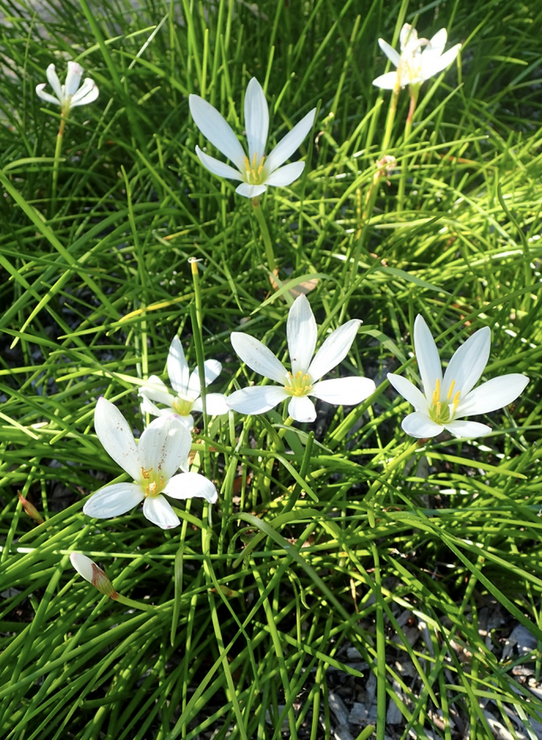
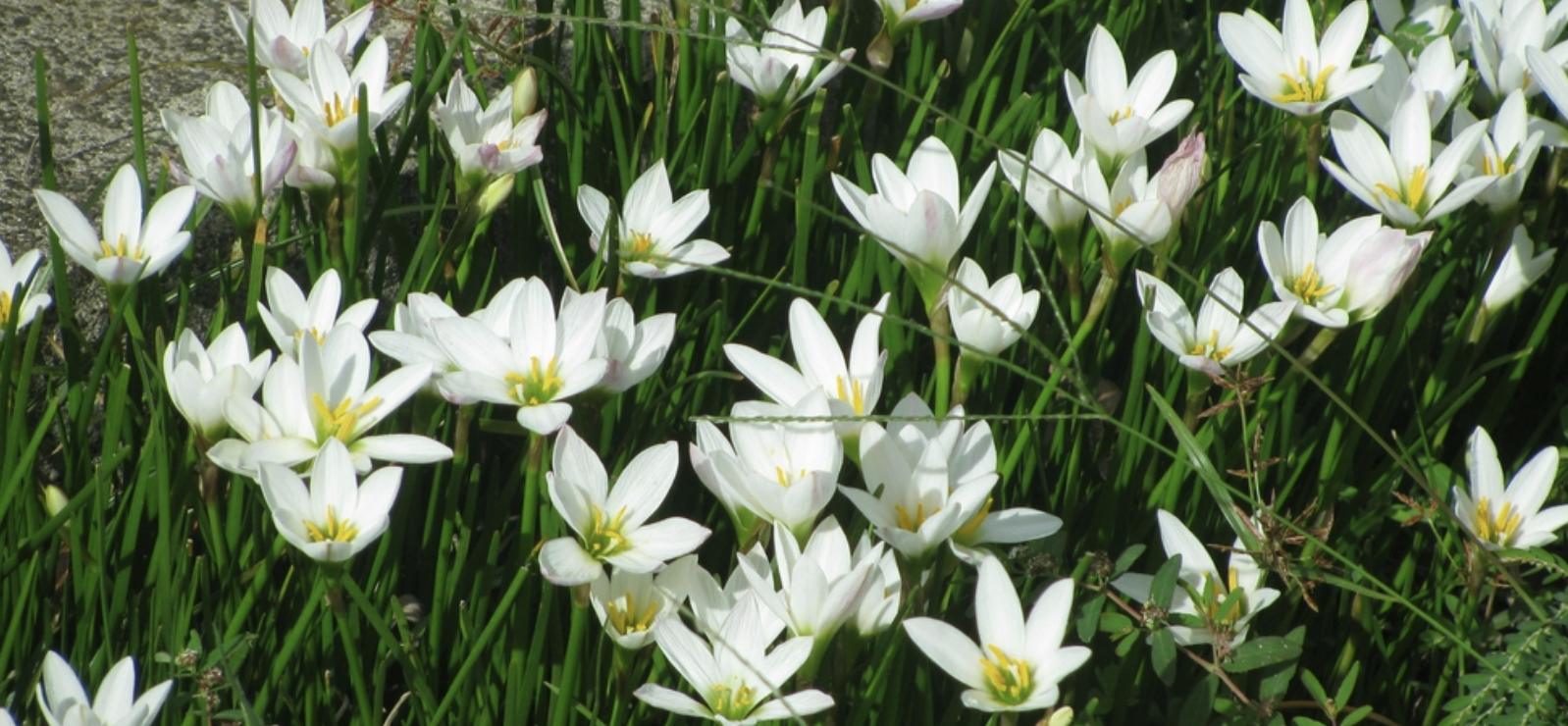
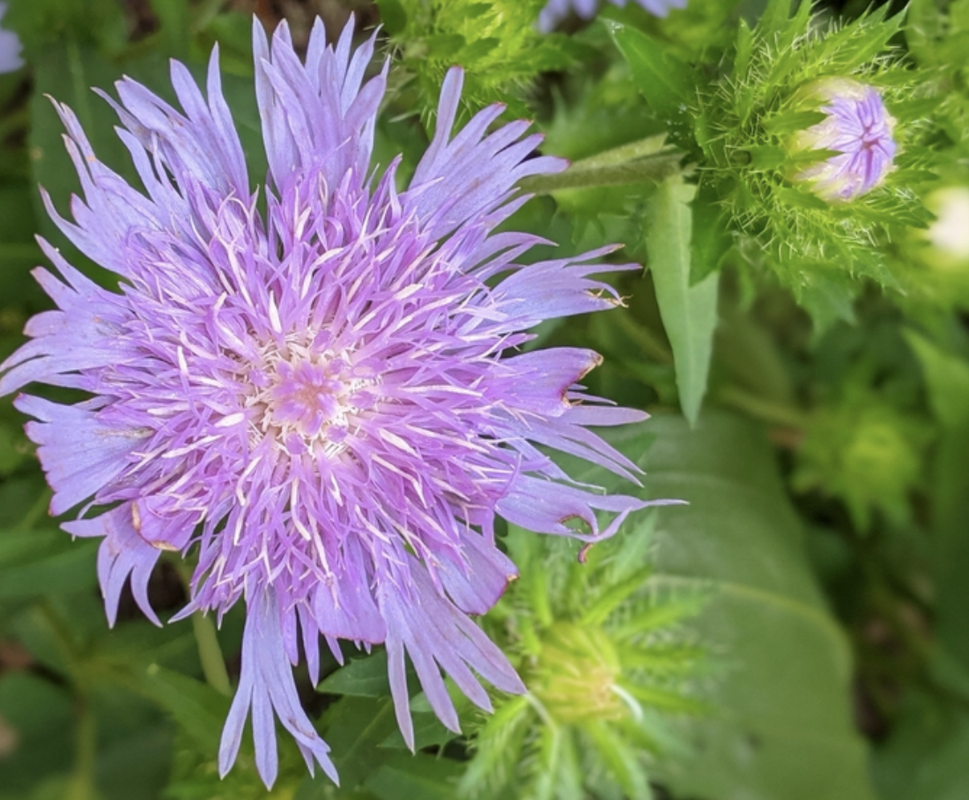
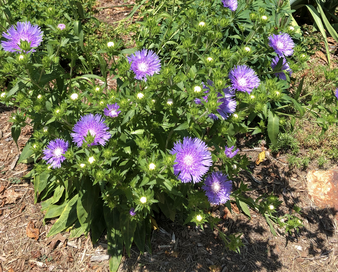
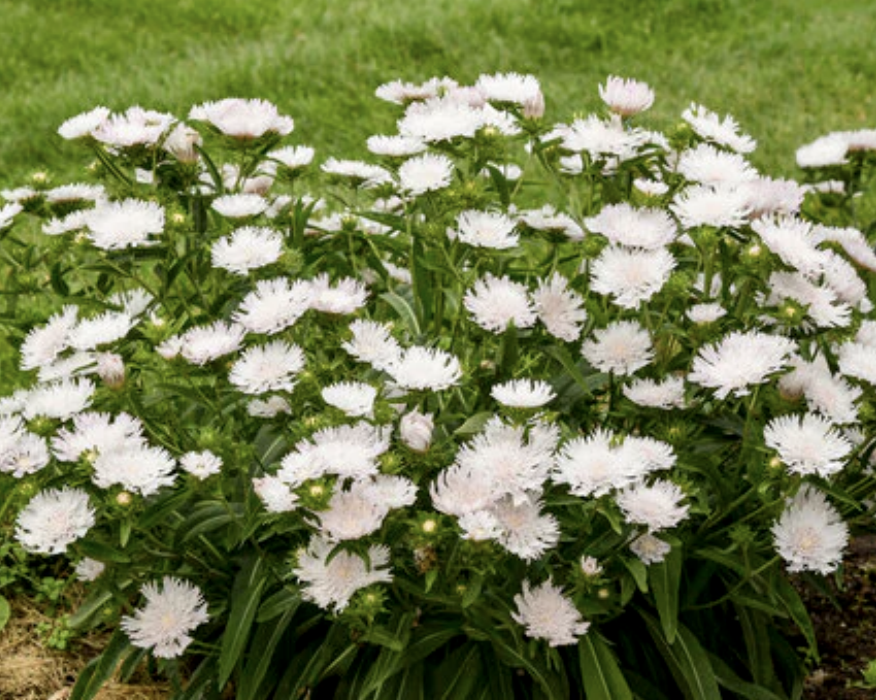
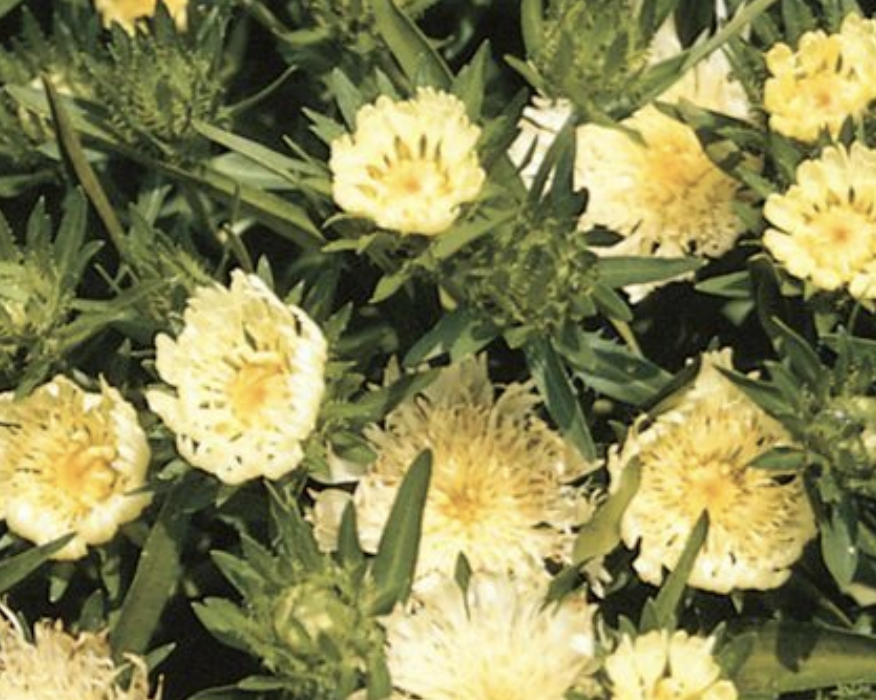
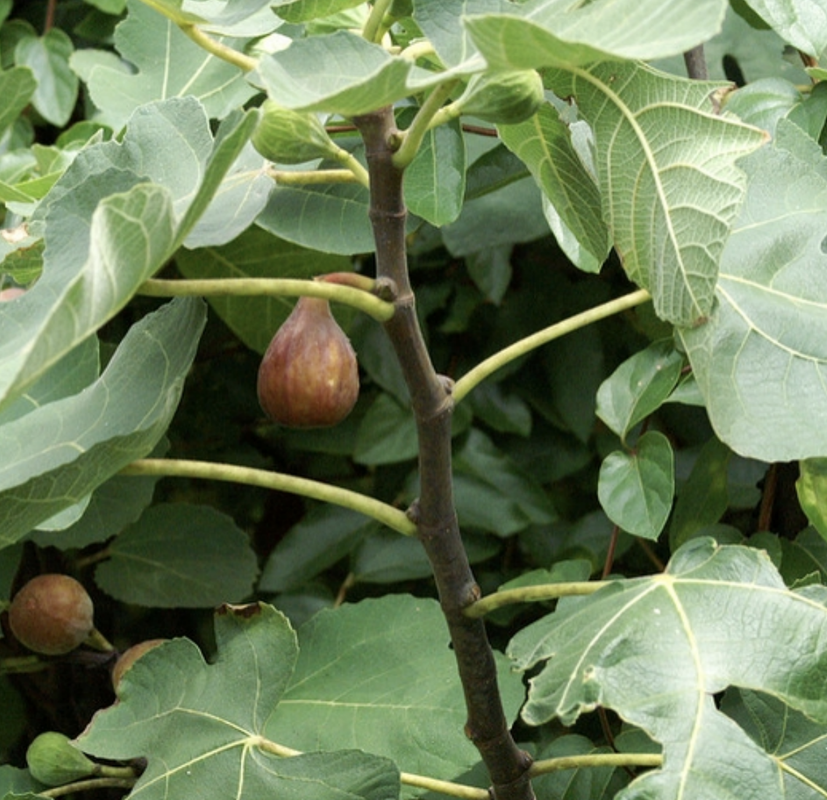
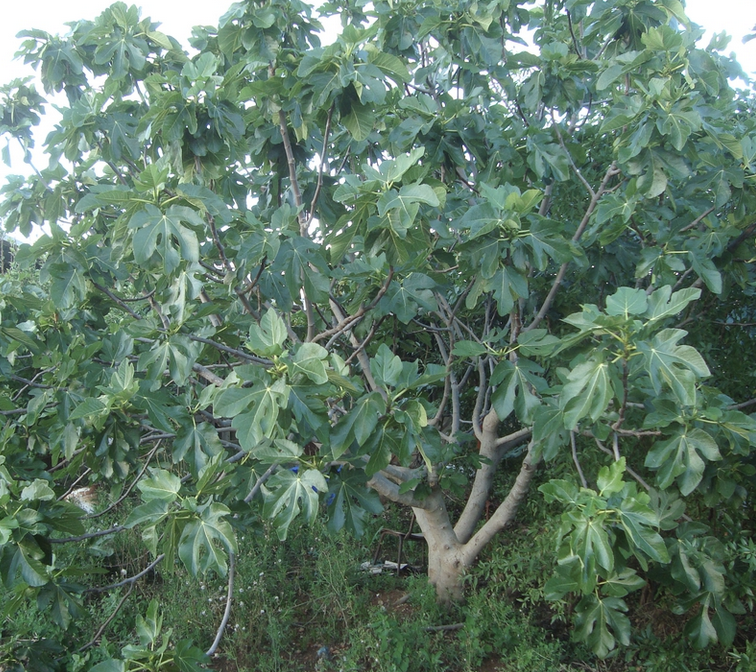
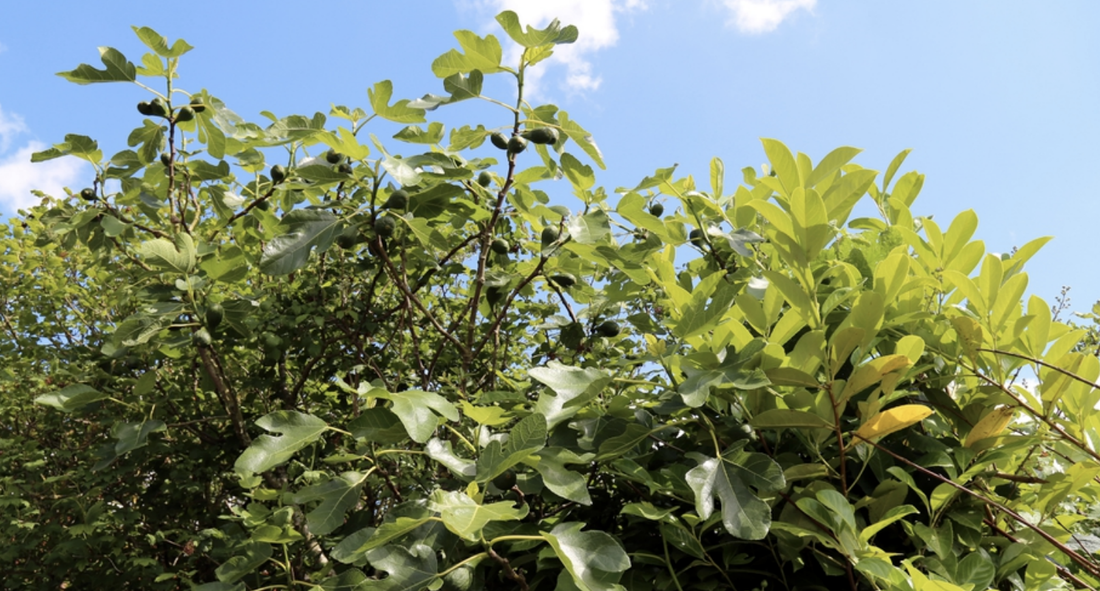
 RSS Feed
RSS Feed